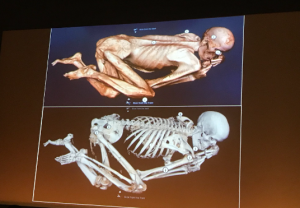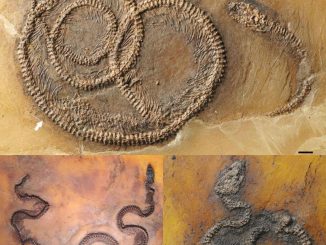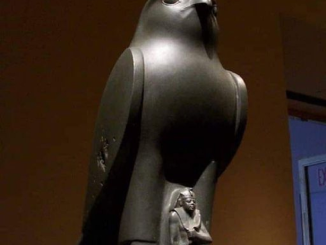Unveiling Ancient Mysteries
The Gebelein Man stands as a testament to the ingenuity and cultural practices of ancient civilizations. Discovered in the late 19th century in Gebelein, Egypt, this pre-dynastic mummy dates back approximately 5,500 years, offering a window into the life and afterlife beliefs of early Egyptians. Unlike the elaborately embalmed mummies of later periods, the Gebelein Man’s preservation owes much to the natural environment, providing unique insights into ancient methods of mummification and burial customs.
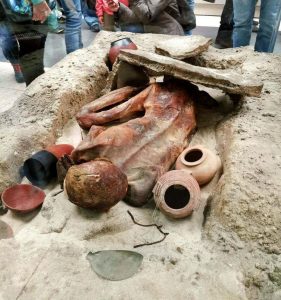
The Discovery and Significance
The discovery of the Gebelein Man, along with several other well-preserved bodies, in the early 1900s, marked a significant milestone in Egyptology. Found in a shallow grave in the desert sands, the natural dryness and heat of the Egyptian climate played a pivotal role in the mummy’s preservation. This natural mummification process preserved not just the body but also the clothing and artifacts buried with him, offering scholars valuable clues about the society he lived in. The Gebelein Man’s significance lies not just in his age but in the story he tells about the daily life, beliefs, and practices of one of history’s earliest civilizations.

The Secrets of His Preservation
The condition of the Gebelein Man is remarkable. His skin, hair, and even some internal organs are intact, providing a rare opportunity to study the diet, health, and physical appearance of people from this era. Researchers have utilized modern technology, such as CT scans and radiocarbon dating, to uncover the secrets of his preservation. These studies reveal that the Gebelein Man’s mummification was entirely accidental, a product of the sand he was buried in acting as a desiccant, absorbing moisture from the body and preventing the decomposition typically caused by bacteria.

Insights into Ancient Egyptian Life
The artifacts found with the Gebelein Man, including pottery, tools, and personal items, paint a vivid picture of everyday life in pre-dynastic Egypt. Analysis of these objects alongside the mummy has provided insights into the diet, social structure, and even the possible causes of death of early Egyptians. Such discoveries challenge previous assumptions about the development of mummification practices and the evolution of Egyptian society, highlighting the complexity and sophistication of these ancient people long before the construction of the pyramids.
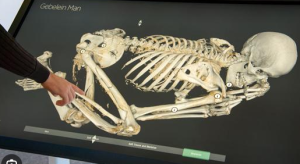
Ancient Discoveries: A Gateway to the Past
The study of the Gebelein Man and other ancient mummies opens a gateway to understanding the past. These timeless discoveries continue to fascinate and inspire, offering glimpses into the lives of people who walked the earth thousands of years ago. As technology advances, so too does our ability to unravel the secrets of ancient civilizations, reminding us of the enduring human desire to commemorate, preserve, and honor the dead. The Gebelein Man, as one of the oldest and best-preserved mummies, stands as a symbol of this quest for knowledge, connecting us with our distant ancestors and their enduring legacies.
The exploration of ancient mummies like the Gebelein Man not only enriches our understanding of human history but also encourages a deeper appreciation for the cultures and technologies that have shaped our world. As we continue to uncover and study these ancient remains, we are reminded of the complexity and diversity of human life throughout the ages, fostering a sense of connection and wonder that transcends time.
As we explore the remnants of ancient civilizations, we are reminded of the enduring legacy of our ancestors and the continuous thread of human existence that connects us across millennia. The Gebelein Man not only enriches our understanding of the past but also inspires us to reflect on the legacy we wish to leave for the future.Detailed studies and imaging techniques have revealed his diet, health, and even the possible cause of his death, offering a unique perspective on the daily life of individuals from this era.
